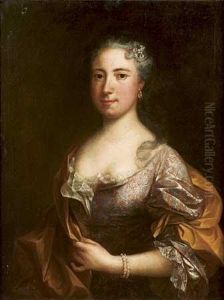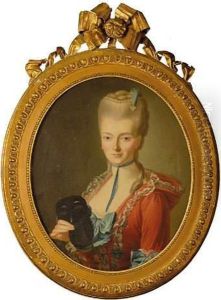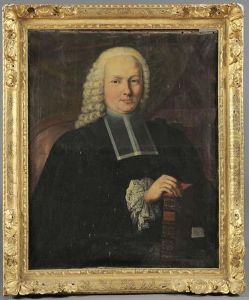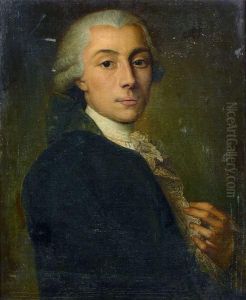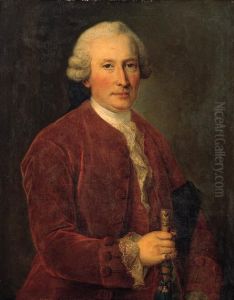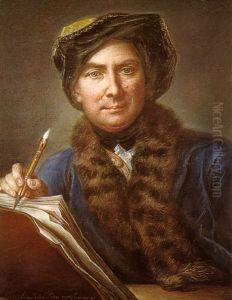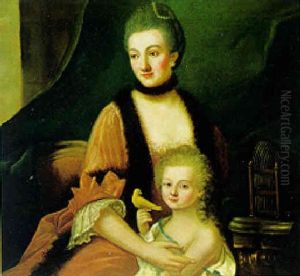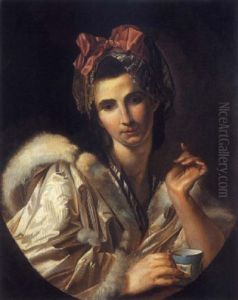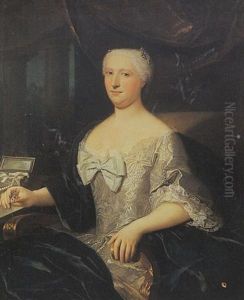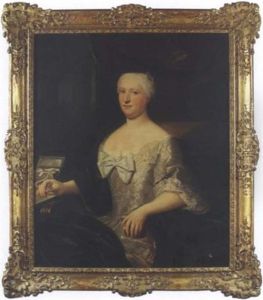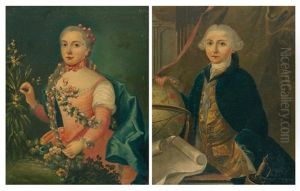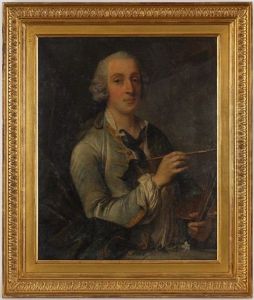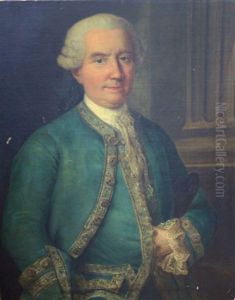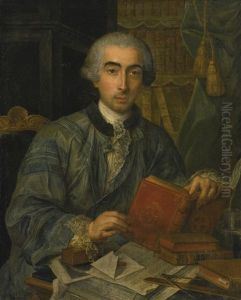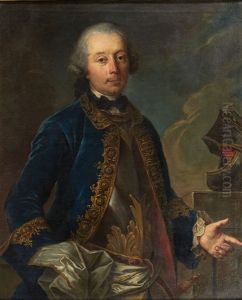Claude Arnulphy Paintings
Claude Arnulphy, also known as Claude Arnulphi, was an 18th-century French painter born in 1697 in Gap, a small town in the southeastern part of France. He is primarily known for his portraits, which often depicted the bourgeoisie, local officials, and regional aristocracy of his time. Arnulphy's work is characterized by its fine detail, the subtle rendering of fabrics, and the psychological insight into his sitters' characters.
Arnulphy moved to Aix-en-Provence around 1720, which was then a thriving cultural and administrative center. This city was home to a number of affluent and influential individuals who became patrons of his art. In Aix, Arnulphy was also influenced by the work of other Provençal painters and had the opportunity to study the works of masters such as Hyacinthe Rigaud, who was particularly renowned for his portraiture. Arnulphy's style, however, remained distinct, with a softer approach to his subject's features and a less rigid formality.
Throughout his career, he gained a reputation as a talented portraitist and received commissions from various members of society, including the middle class and the nobility. Despite the popularity of his portraits, there is not a vast amount of information available about Arnulphy's life outside of his artworks. He did not leave behind a significant number of personal writings or a school of followers, which often helps in understanding an artist's life and work more deeply. Nevertheless, his portraits remain a valuable record of French provincial life in the 18th century.
Claude Arnulphy continued to paint up until his death in 1786. He left behind a body of work that contributes to our understanding of French portraiture during a period that saw significant social and political changes leading up to the French Revolution. While he may not be as widely known as some of his contemporaries, his work holds a place in the history of French art, particularly in the context of regional painting in Provence.
